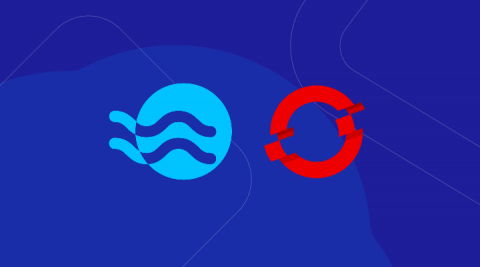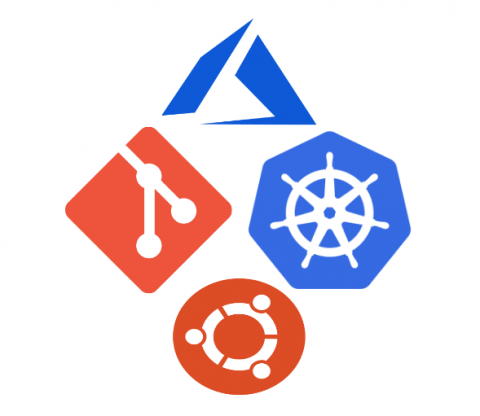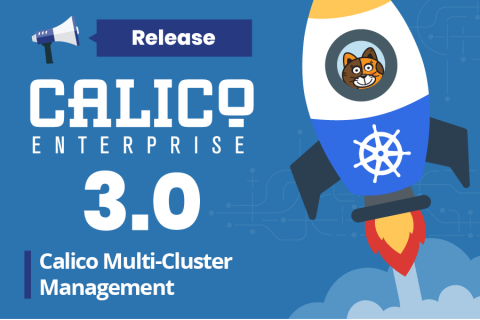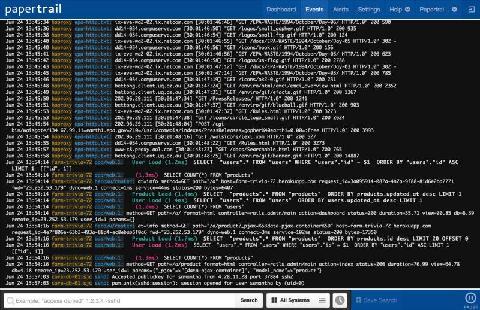Spot Achieves Red Hat OpenShift Operator Certification for its Serverless Container Engine Ocean
Optimization and validation bring hands-free infrastructure for Kubernetes in public and hybrid clouds to Red Hat OpenShift customers 21 May, 2020 — Spot, a leading provider of software for modern CloudOps, today announced that Ocean by Spot has achieved Red Hat Operator certification for OpenShift.











